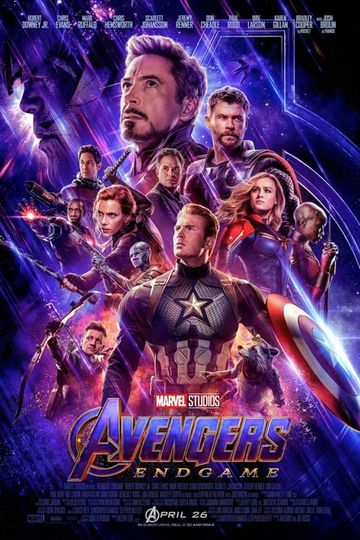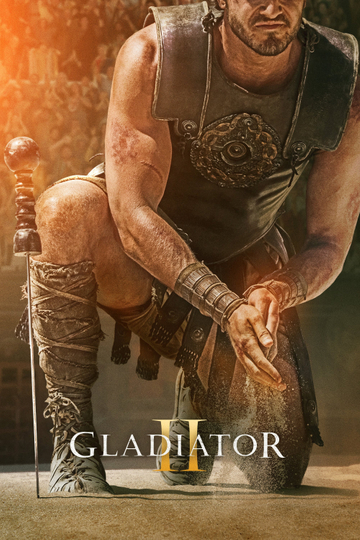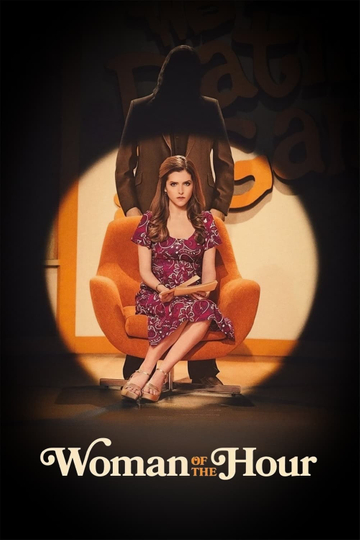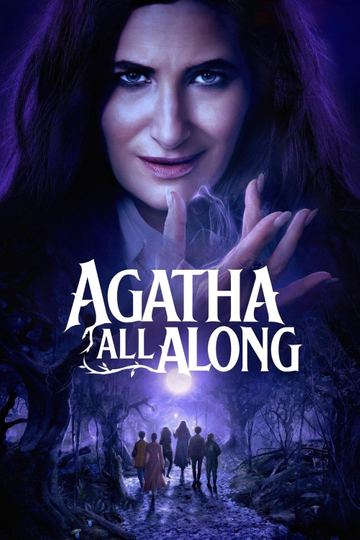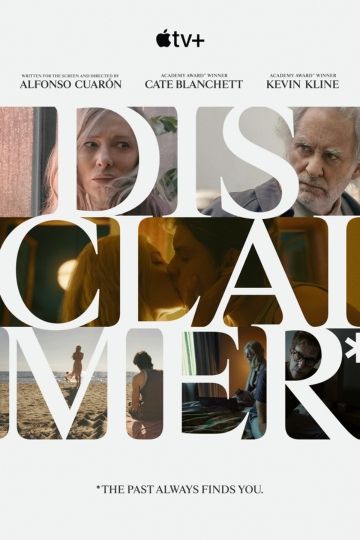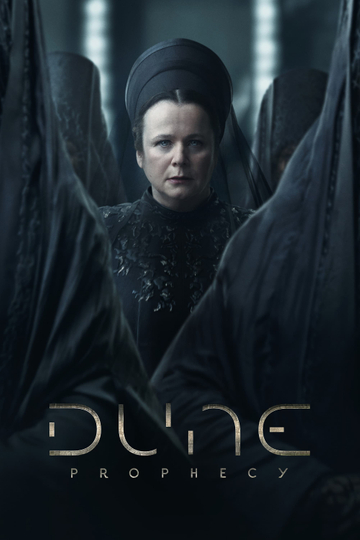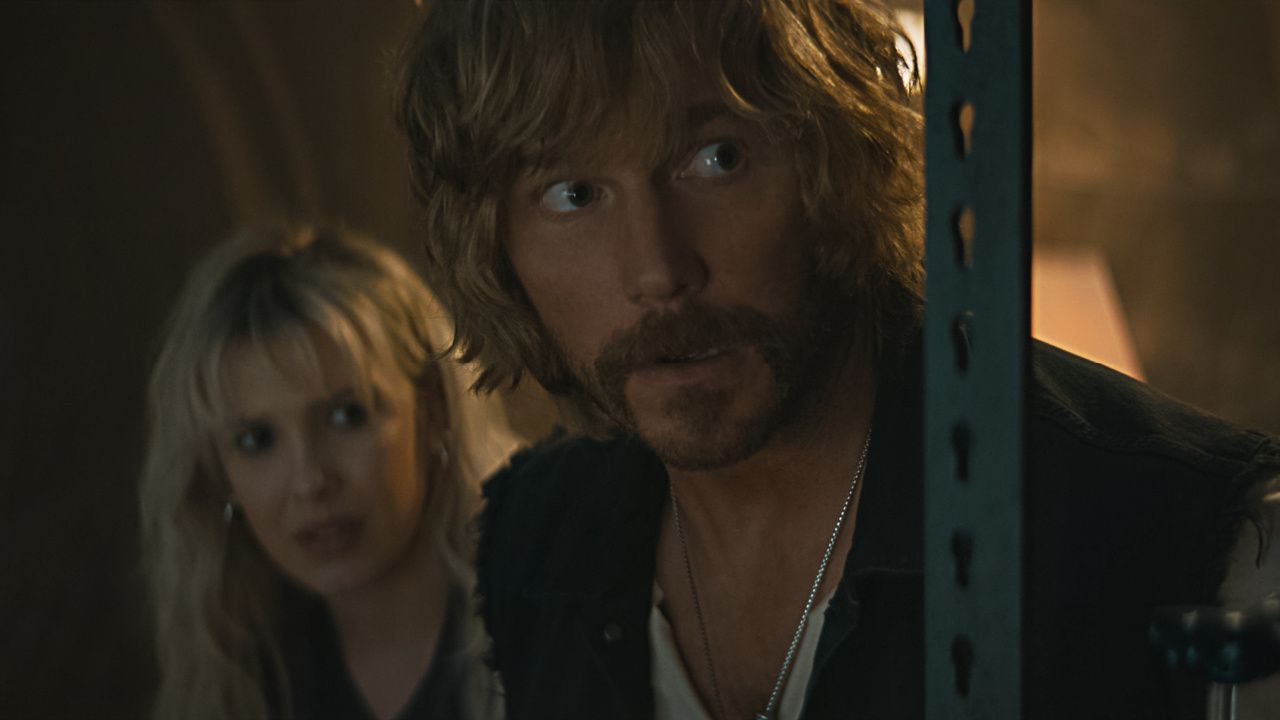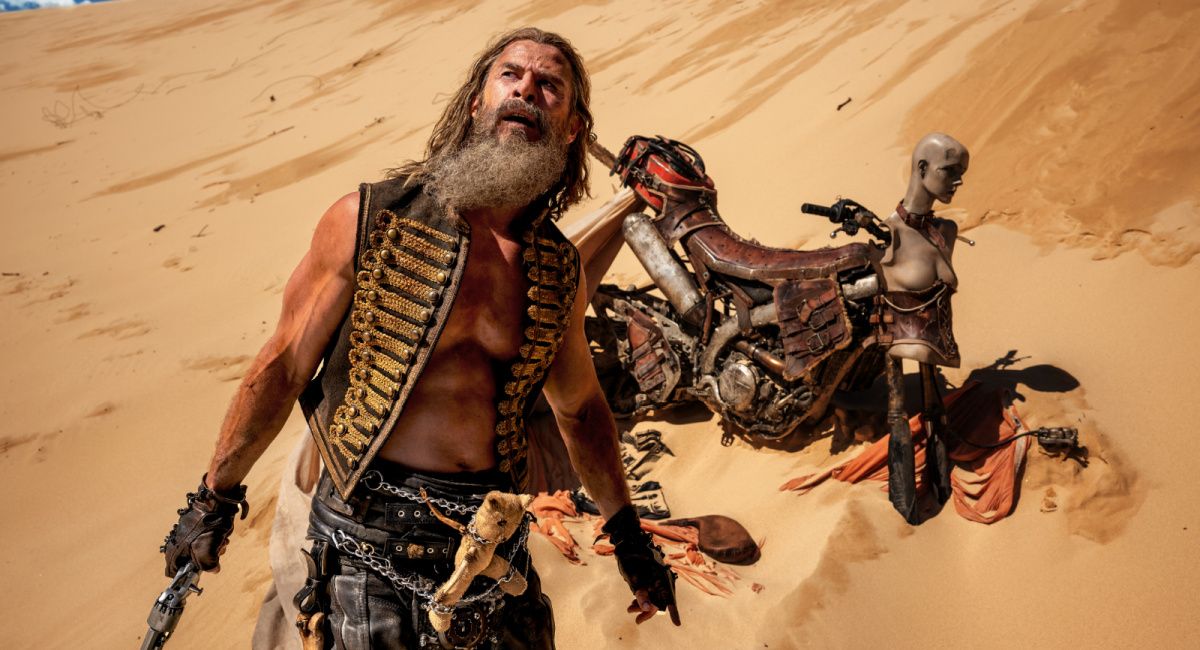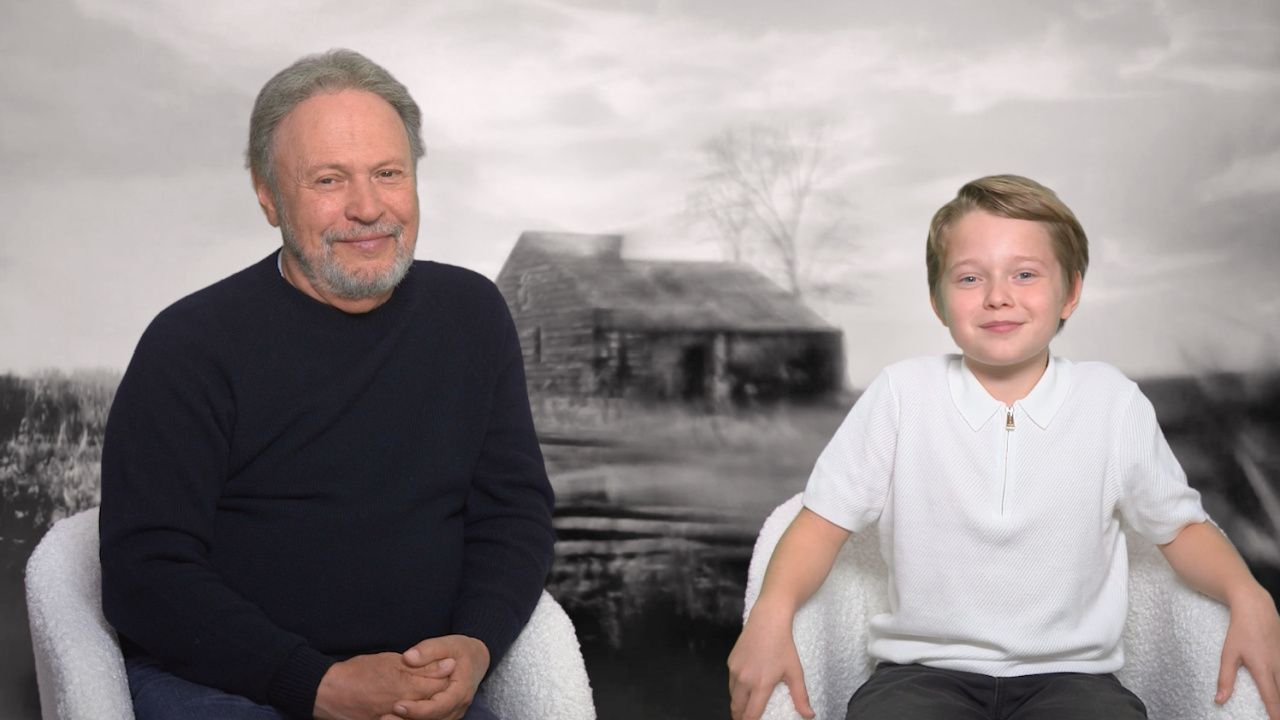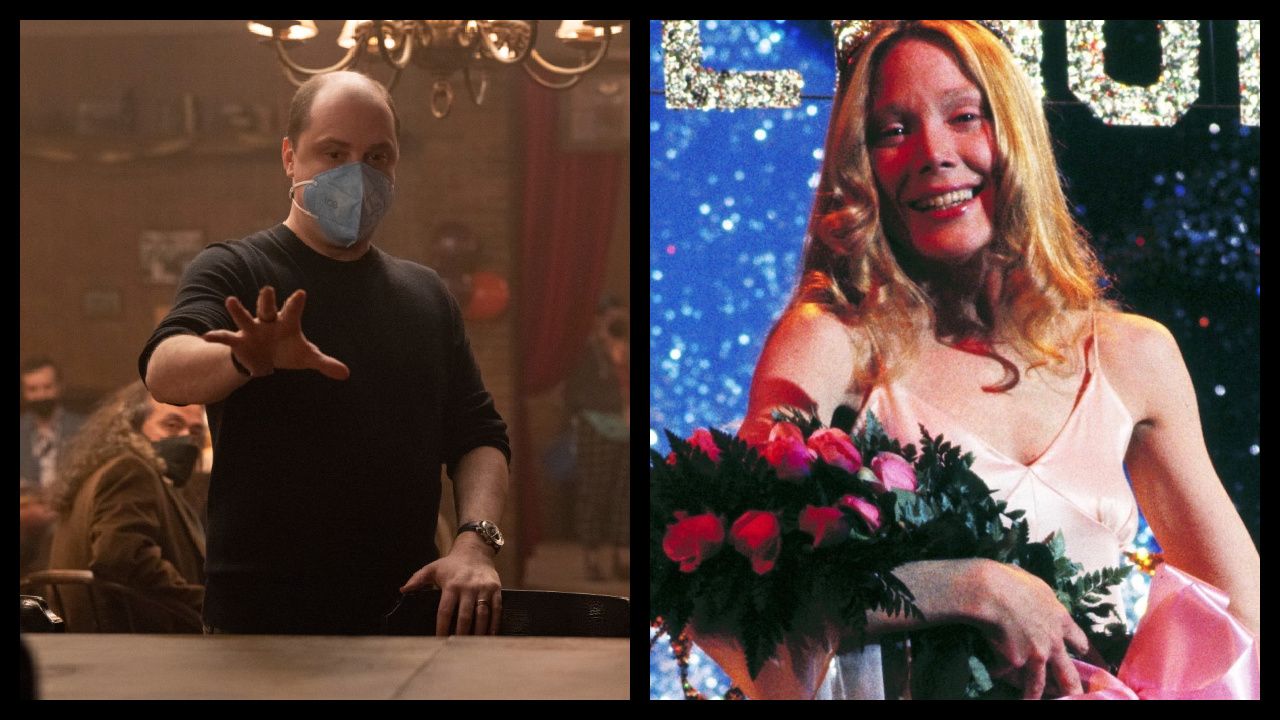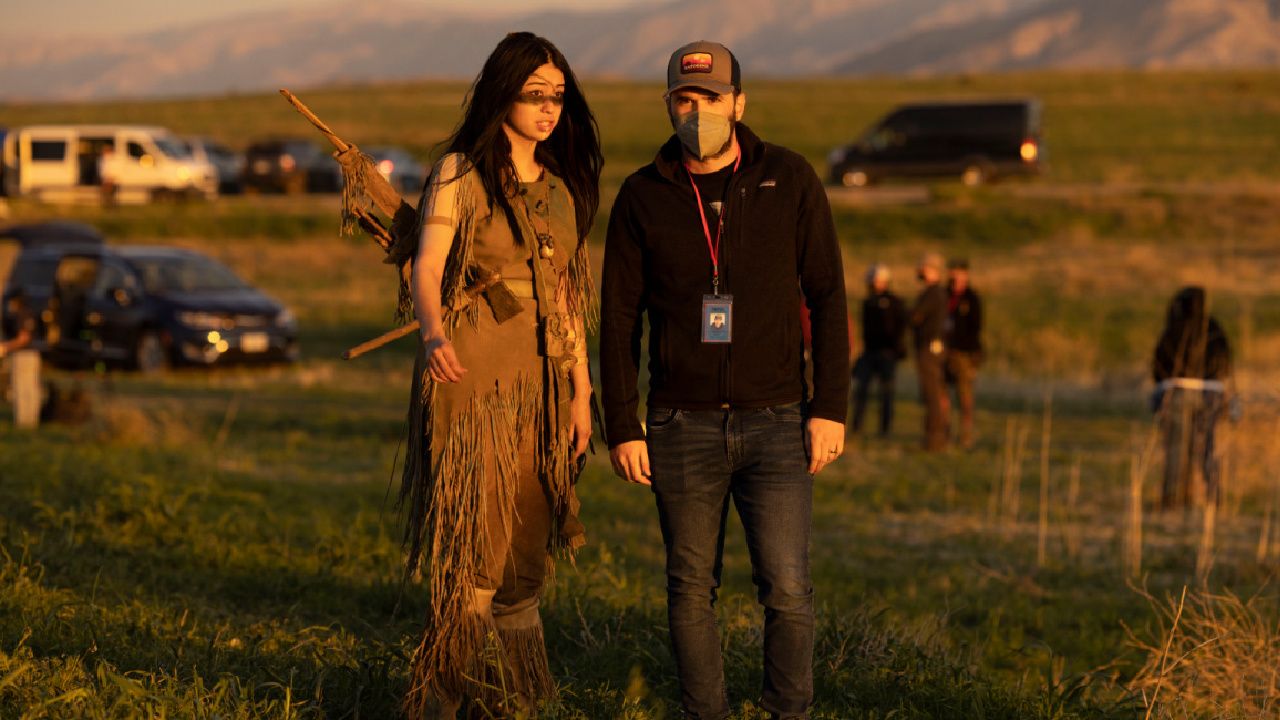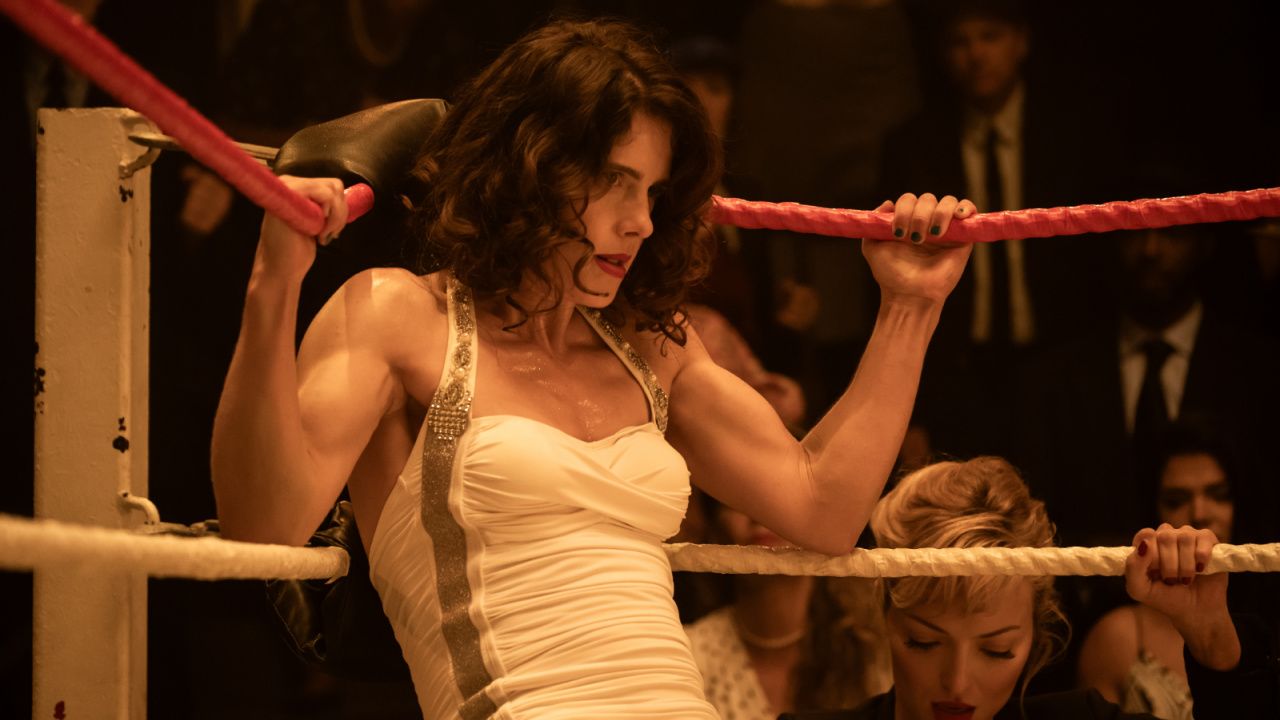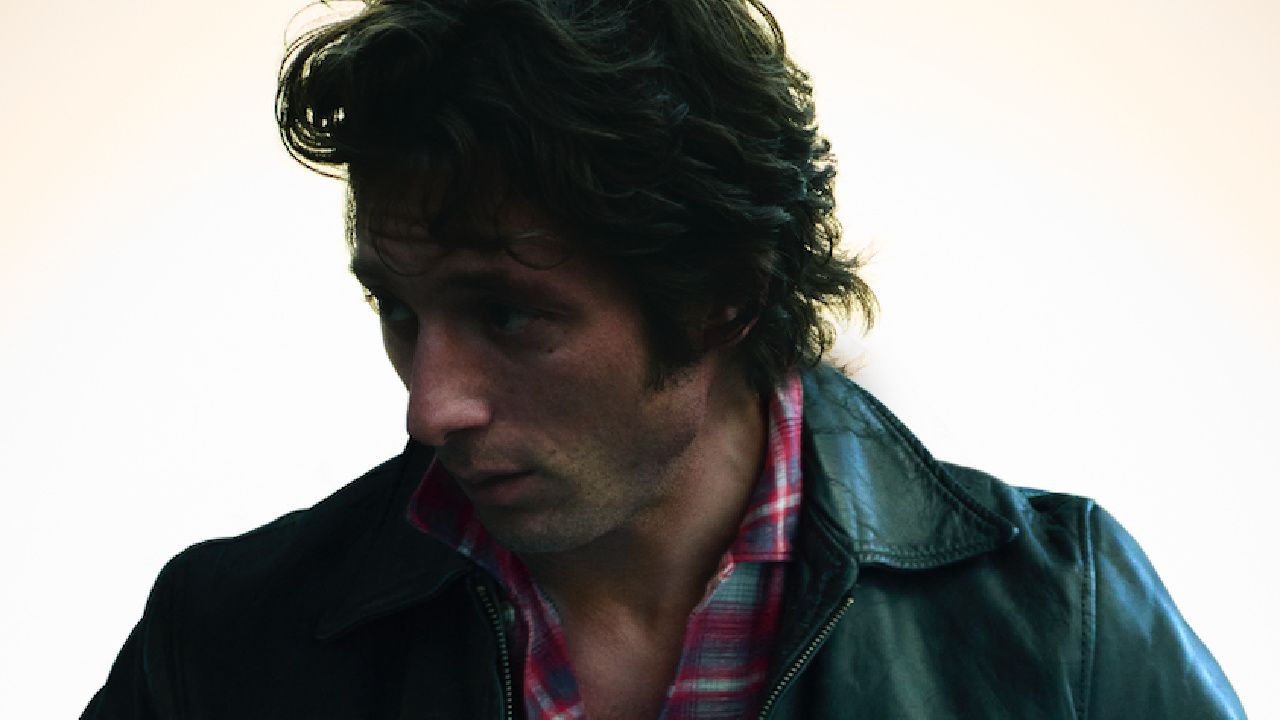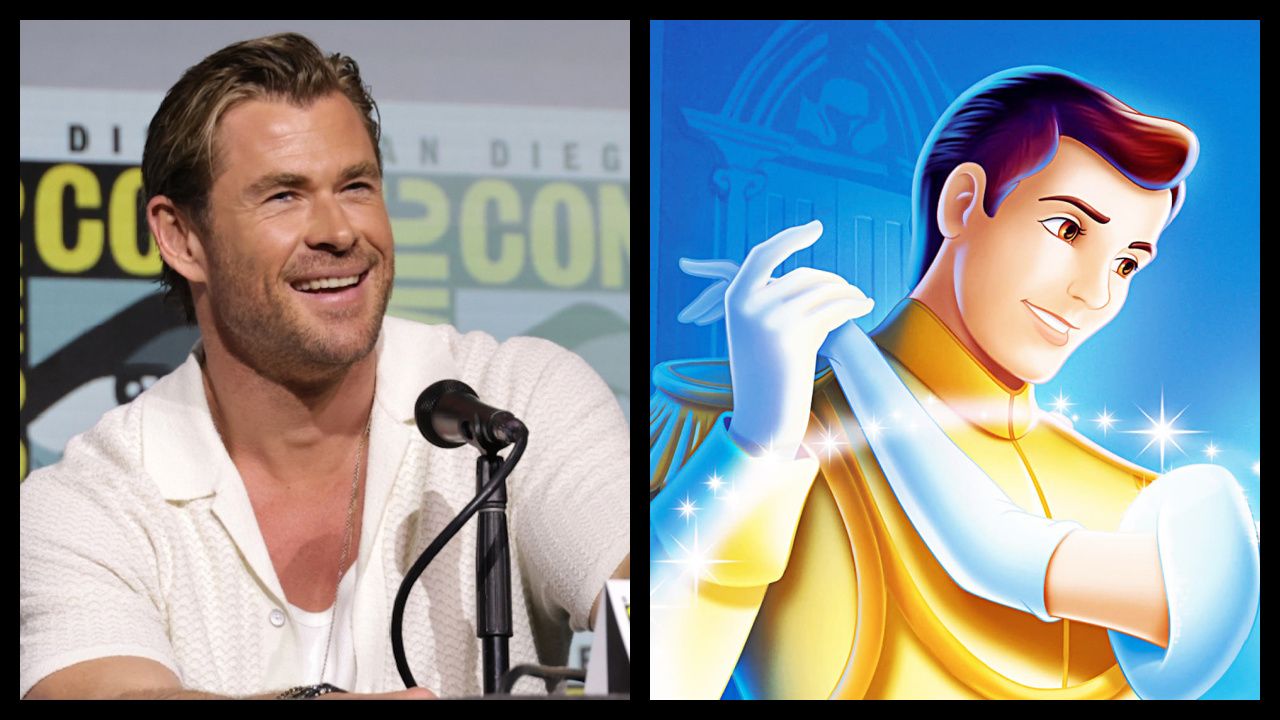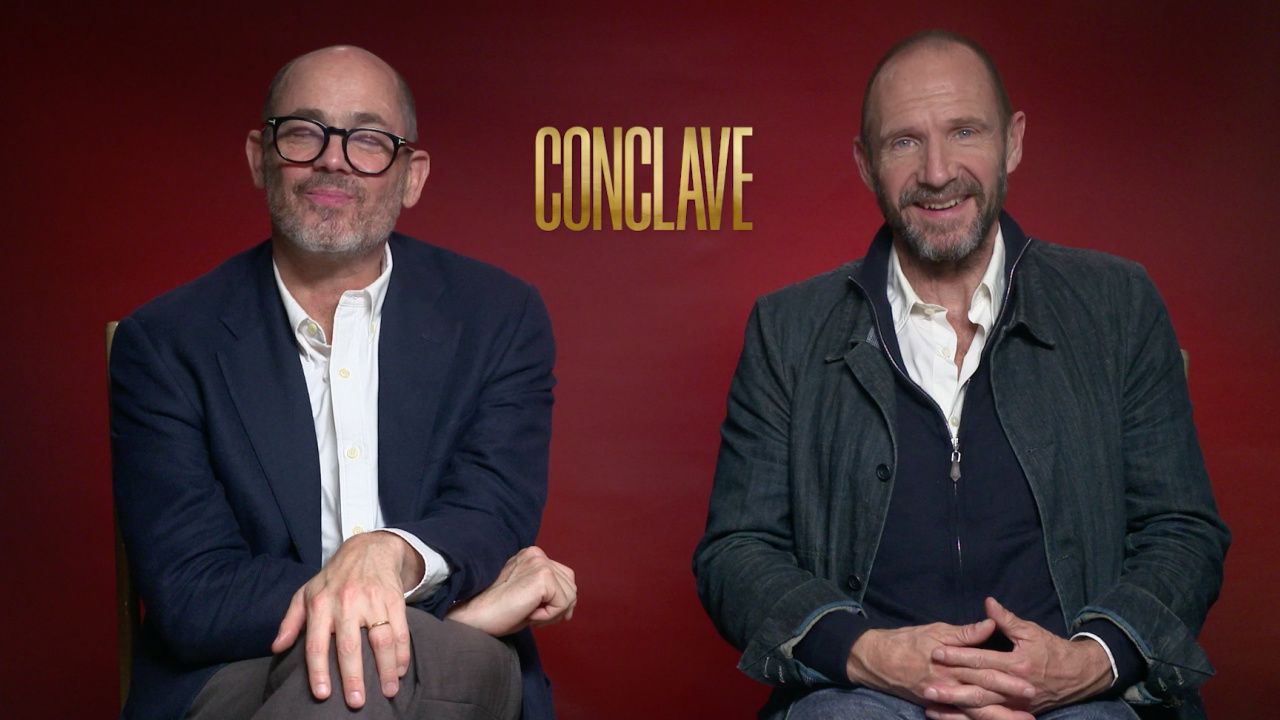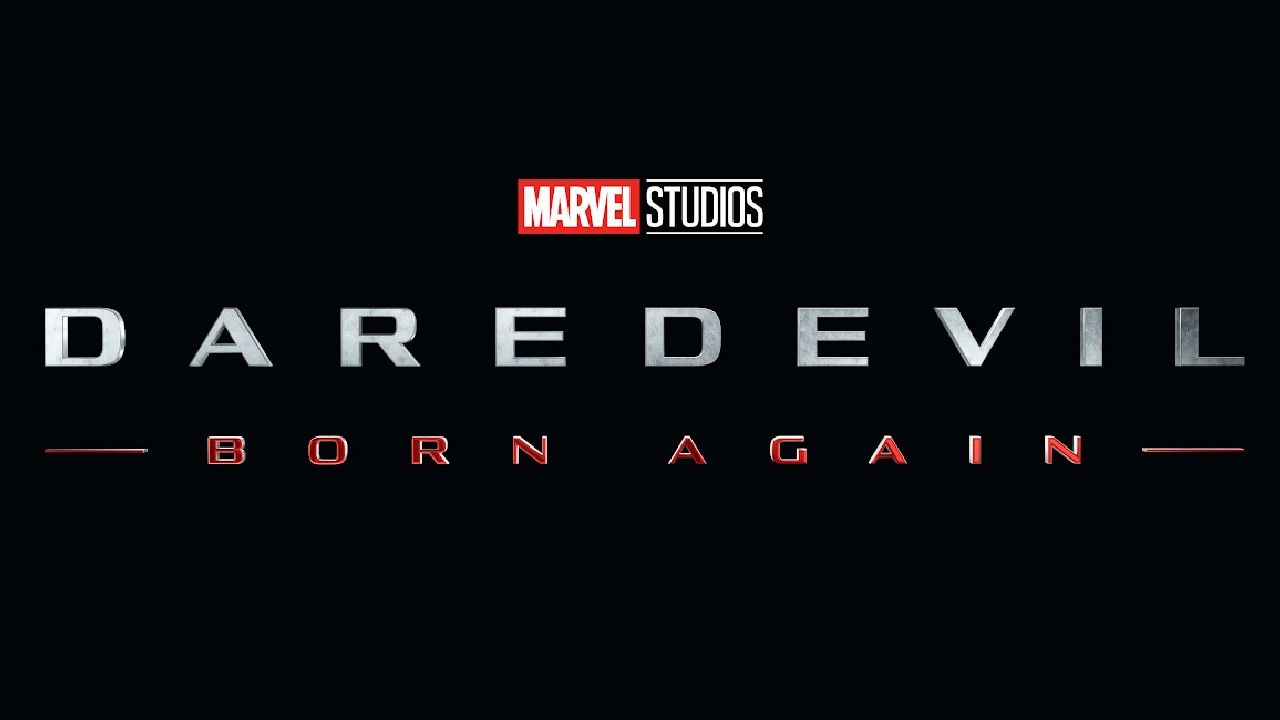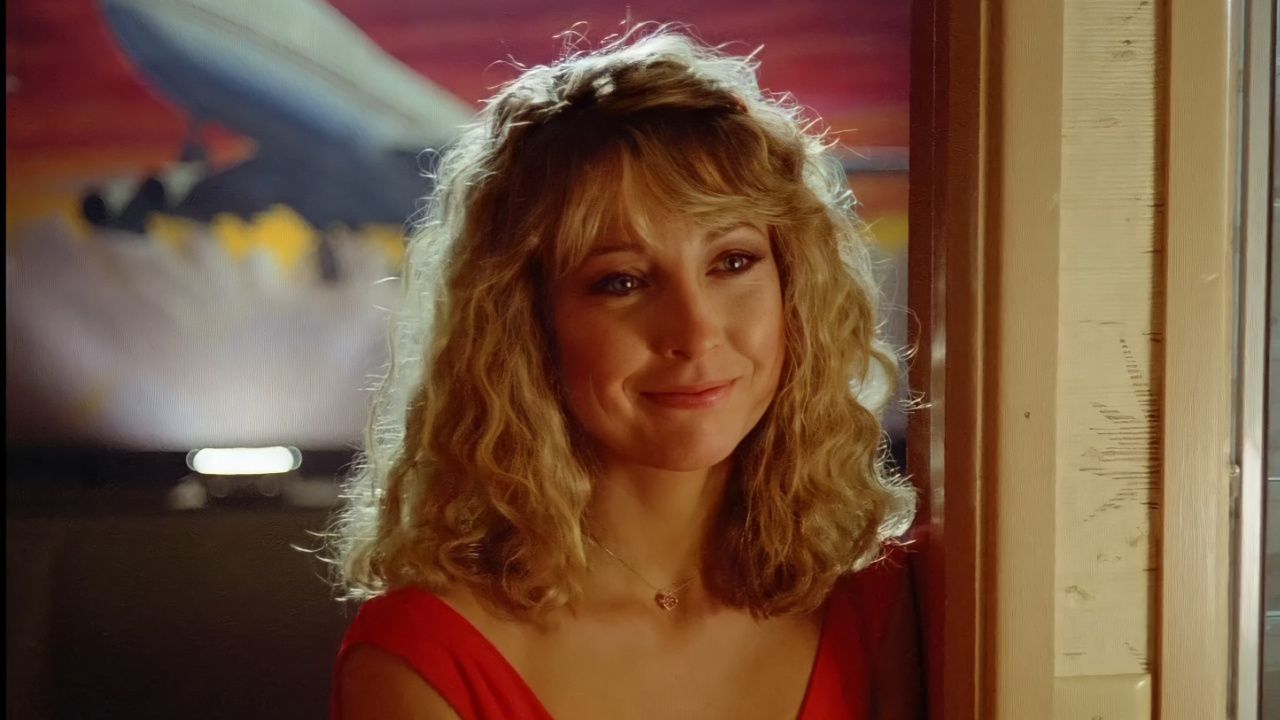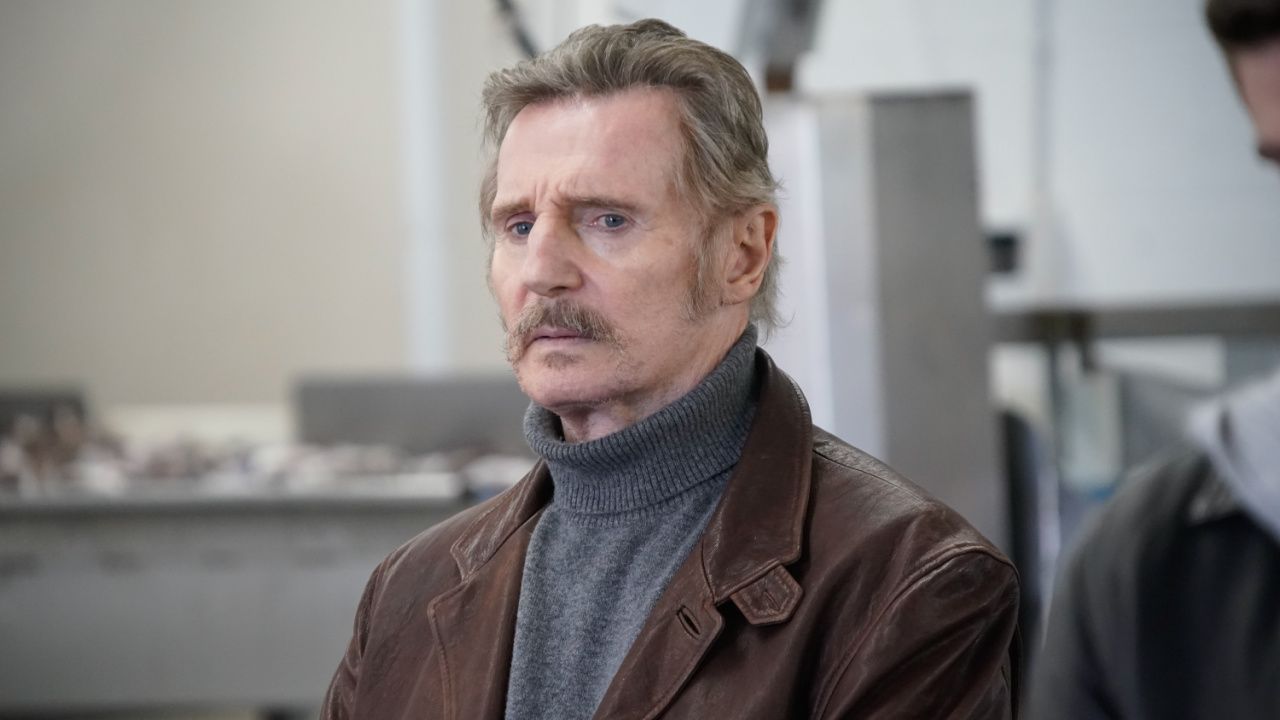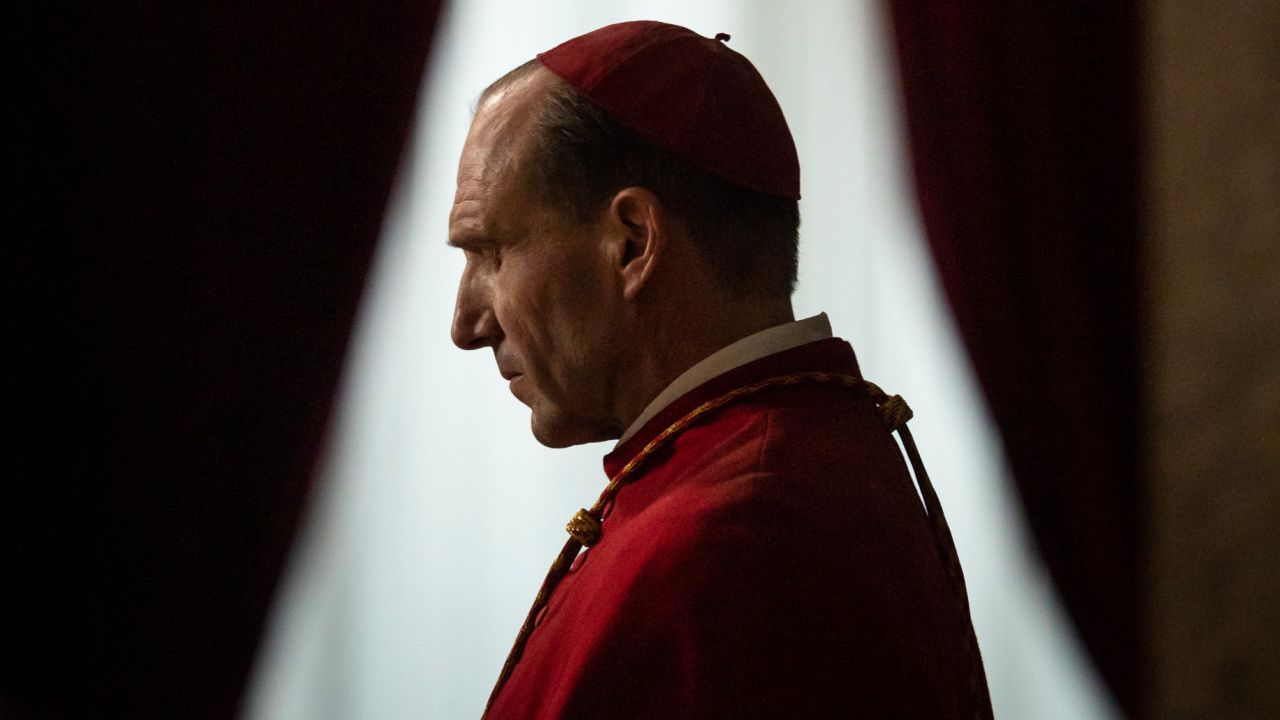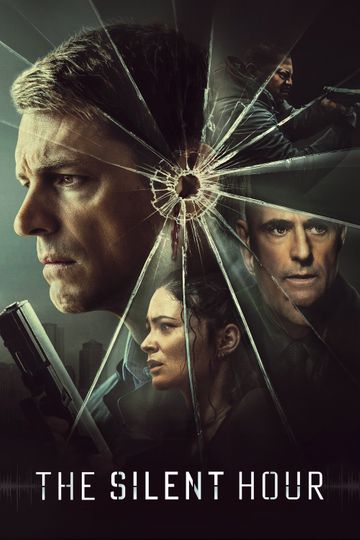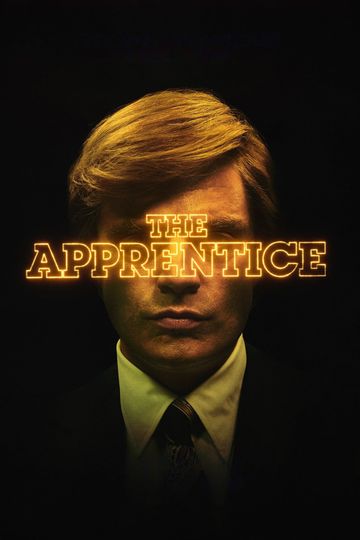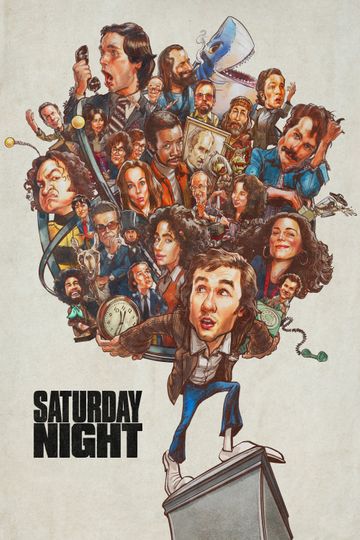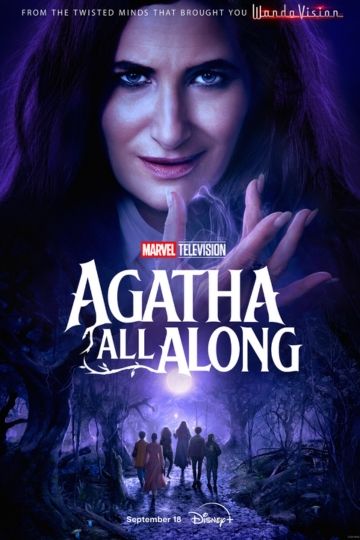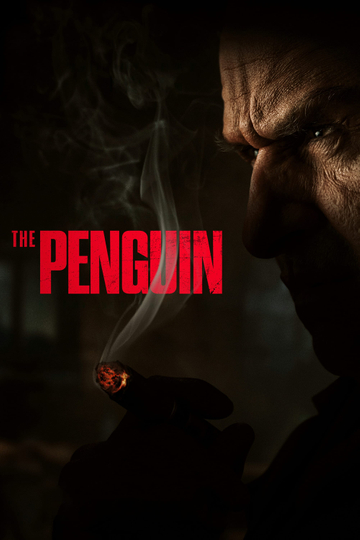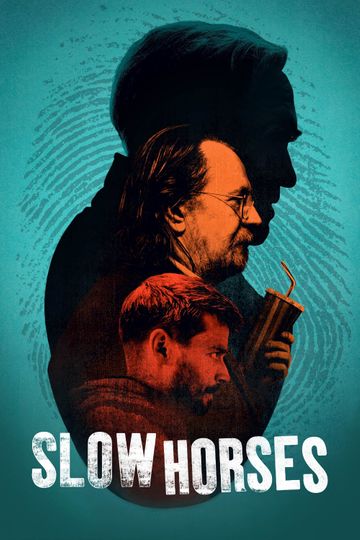'Avengers: Endgame' Writers Christopher Markus and Stephen McFeely On What It's Like to Write the Galaxy's Biggest Movie
Christopher Markus and Stephen McFeely are MVPs of the Marvel Cinematic Universe, even if you've never heard of them. As screenwriters, they have written or co-written six Marvel Studios productions (and did an uncredited polish on another) and created the short-lived but much-beloved Marvel series “Agent Carter.” This unbelievable about of world-building and character-juggling is culminating with this weekend with the release of the Markus-and-Mc-Feely-penned “Avengers: Endgame,” a film even more complicated and awe-inspiring than last year’s “Avengers: Infinity War” (which they also wrote).
We sat down with the writers a few weeks ago, after only having seen a few minutes of the finished film. (Trust us, we have many more questions now.) In our brief chat we talked about the production pipeline at Marvel, what directives they were given ahead of time, and how they feel about James Gunn being back in the MCU.
Moviefone: What does the blank page look like for these movies? Are there directives coming down from on top?
Markus: No. There are places they were left in their last movie, which are approximate. But you have the leeway of picking up two seconds after that movie ended or two years after that movie ended. They kind of just did said, “Use everyone.” Or you have the opportunity to use everyone. You don't have to use it everyone.
McFeely: Well, it's infinity war, so that means use a lot of people. The stakes are high. There are six stones. And the two movies should feel radically different from each other. Go!
But you’re writing it as two halves of one movie, right?
Markus: We wrote it as two movies simultaneously. One story but never much not a press pause, press play situation. That movie ended and had a dramatic arc that ended. This one has one that does the same. We didn't want it to be one big thing that you cut down the middle. And we had the opportunity to have such a definitive event at the end of that, that it really redefined the movie that came after it.
But there does seem to be a tonal shift with “Endgame.” Was that part of the appeal?
McFeely: When you start reading the script for “Endgame,” it's unlike any other page one. Because there's an anticipation given what page 139 was or whatever was over here. Like, Holy crap, where are they going to pick up? How are they going to, how are they going to handle this? How are they going to deal with this fallout? And that was part of the appeal to this was this sort of mature storytelling. Heroes get kicked in the teeth all the time, usually at the end of act two and for about five minutes, this is meant to really sting. And how are these people all going to deal with it differently?
And it seems like the scripts went through many chances. You were on record as saying that at one point the snap happened halfway through the first movie.
McFeely: It was never written that way.
Markus: We toyed with moving it around and seeing what effect it would have just as R&D. It quickly became apparent that dramatically, that was the only place to put it. You can't do anything worse afterward. You know, you don't want to do some halfhearted, look, there's a ray of sunlight…
McFeely: The room had movie one on one wall and movie two on the other wall. Yeah. And so there was a point where movie one had so much stuff on it you kind of went, “Why can’t the snap happen on this wall over here?” And everyone said, “No, take stuff out over here. Make sure it happens on this wall.”
Well that’s the thing. You’re given the leniency to have every character in this but how do you wrestle it into a traditional, three-act structure?
Markus: There's a lot of experimentation. And the leeway to screw up.
McFeely: Freedom to not introduce people in a traditional way because in many ways act one was 18 previous movies. What's Cap’s introductory scene? He steps out of the shadows in a train station 40 minutes into the movie. Tony kind of gets one where he's talking with Pepper for 90 seconds. Doctor Strange gets 15 seconds talking about a sandwich. So we had the freedom to do this rapid jumpstart. You wouldn't normally do that but you almost had to do that to get everything in.
What is the creative culture like at Marvel?
Markus: It's very open in terms of ideas being shared and the different strata that the ideas come from. If it's a good idea, it can come from the PA or it can come from Kevin. And it might probably get to you. And a big willingness to try anything and to potentially crashed the whole MCU in this movie and have to pick it up in the next one. In terms of the visual effects, like they make everything become real. We are a theoretical lab that room and then they'll come back with, Oh here's what we're thinking of Thanos. And it’s like, “Oh shit.” It’s a huge leap forward. When we saw Thanos for the first time, with Josh playing Thanos, it gives you such confidence to write even more for that character, knowing that he can fully emote and get everything across that a human could.
One person who was on the outs for a little bit but is now a part of the fold again is James Gunn. Are you happy to have him back? Is his stamp on “Endgame?”
Markus: Not on “Endgame.”
McFeely: We didn’t have many Guardians left. But I think it’s only right that he’s back.
“Avengers: Endgame” is in theaters now. You’ve probably already seen it twice.
